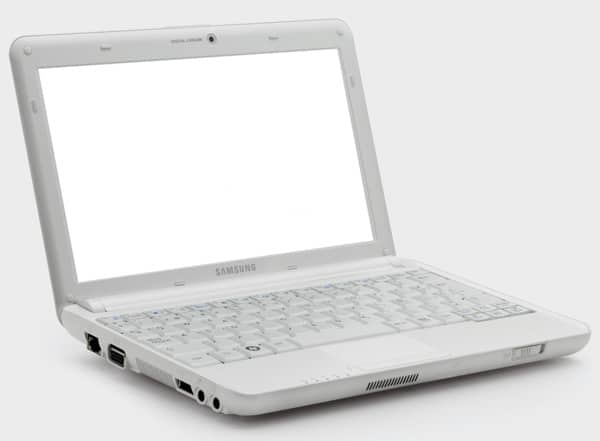
Now install the new MacBook CPU to the motherboard, after soldering, power it to test, install two memories, and then turn it on, now the MacBook Pro screen displays properly. After removing the MacBook CPU, use QUICK TS1200A hot air gun to solder a sucking tin wire to the CPU solder pad. Take out the Macbook motherboard and observe it.Īfter observation, we see that both the front CPU and the display card of the motherboard have welded marks, and there's a lot of solder paste next to it, this Mac was repaired before.Īttach the motherboard to the BGA soldering station, and then heat the MacBook CPU to remove it. Use screwdrivers to remove the screws that fixed the MacBook rear case, and then remove the MacBook rear case, disconnect the MacBook battery.įor this MacBook, it has two of memory,carefully clean the memory slot and memory.Īfter loading a memory, the MacBook screen can be displayed normally, while the MacBook screen can't be displayed after two memories are installed. The memory for this A1286 MacBook Pro can be unplugged directly. The boot ringtone is normal, which means the MacBook can be turned on, now we need to check what causes this MacBook Pro screen doesn't display.īased on our repair experience, the MacBook has 3 beeps after pressing the power button is generally a memory problem, or it's caused by the MacBook memory power and MacBook control chip. The model of this MacBook Pro is A1286, and the motherboard model is 820-2850-A. Power the MacBook Pro, press the power button, we hear 3 beeps, but the MacBook Pro screen keeps black, it doesn't respond. Troubleshoot memory, graphics card, motherboard.Solved: MacBook Pro doesn't display after booting Replace ROM BIOS, troubleshoot motherboard.ġ0 Beeps - CMOS Shutdown Register FailureĬontinuous Beeps - Memory or Video Failure Reseat/replace memory, troubleshoot motherboard. The solution for this is to make sure that your AC cord is connected properly and your AC adapter is functioning properly. There are additional beep codes for this BIOS not included here. The following beep codes are for AMI BIOSs. There are numerous beep code patterns, and Phoenix BIOS codes are long and short beeps delivered in groups. Some number of short beeps that are sounded by the BIOS upon startup when a memory, cache or processor error is encountered.

How to Set Up Two-Factor Authentication.




 0 kommentar(er)
0 kommentar(er)
